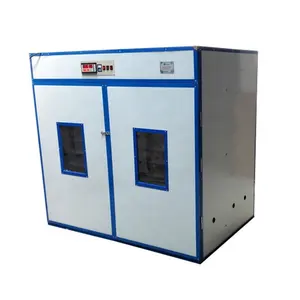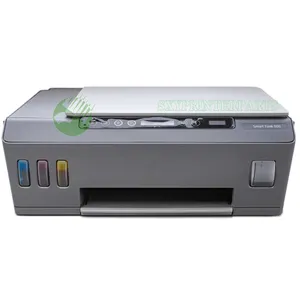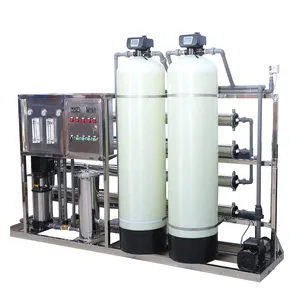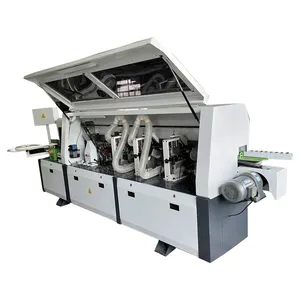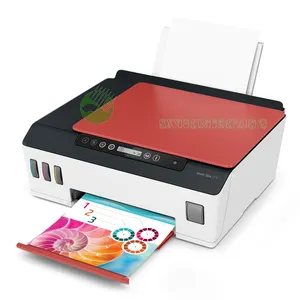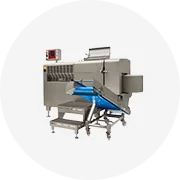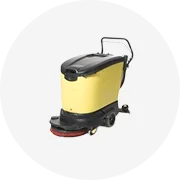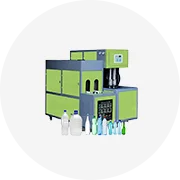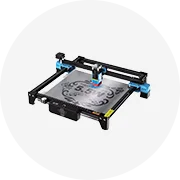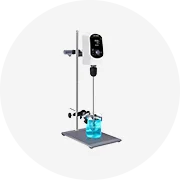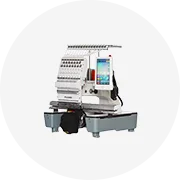Phổ biến trong ngành của bạn































































Các danh mục hàng đầu
Giới thiệu về altendorf ý bảng điều khiển thấy
Đầu tư vào điều đáng chú ý. altendorf ý bảng điều khiển thấy trên Alibaba.com nâng cao đáng kể năng suất của việc cắt, định hình lại và xử lý gỗ và các vật liệu khác như kim loại. Họ thực hiện các quy trình này và tiết kiệm thời gian, điều này rất quan trọng đối với bất kỳ hiệu quả kinh doanh hoặc cá nhân nào. Để chăm sóc những người mua sắm khác nhau với nhu cầu cắt và chế biến riêng biệt, những thứ này được xếp hạng hàng đầu. altendorf ý bảng điều khiển thấy có sẵn với sự lựa chọn cực kỳ phong phú bao gồm các mặt hàng độc đáo phù hợp với các ứng dụng khác nhau.
Để có trải nghiệm người dùng và dịch vụ tốt nhất, hãy chọn những thứ này. altendorf ý bảng điều khiển thấy được làm bằng các vật liệu cực kỳ bền chắc được kết hợp với nhau thông qua các thiết kế sáng tạo. Điều này làm cho chúng rất bền trong khi mang lại hiệu suất tuyệt vời. Bởi vì chúng kết hợp các phát minh công nghệ tiên tiến, chúng tiết kiệm năng lượng vượt trội. Chúng tiêu thụ lượng điện thấp hơn vừa phải khi so sánh với các máy khác dành cho cùng mục đích. Do đó, chúng cho phép người dùng tiết kiệm số tiền đáng kể cho hóa đơn tiền điện.
Được xếp hạng hàng đầu. altendorf ý bảng điều khiển thấy trên Alibaba.com an toàn khi làm việc vì chúng có các tính năng an toàn bổ sung giúp người vận hành không bị tổn hại. Thẻ giá hợp lý và chiết khấu hào phóng đảm bảo rằng chúng dễ dàng mua được, trong khi tỷ lệ hỏng hóc thấp và phụ tùng thay thế sẵn có giúp chúng dễ dàng bảo trì. Các thành phần đàn hồi của chúng chống lại các tác động cơ học mà chúng phải đối mặt trong các hoạt động bình thường, điều này khiến chúng được nhiều người dùng ưa chuộng.
Bằng cách điều hướng qua Alibaba.com, những người mua tiềm năng sẽ bắt gặp những điều tuyệt vời. tùy chọn altendorf ý bảng điều khiển thấy. Việc lựa chọn đúng cách đảm bảo rằng người mua sẽ được hưởng giá trị tốt nhất và thu lại lợi nhuận từ tiền của họ. Mua sắm từ trang web rất bổ ích vì người mua sắm nhận được sản phẩm chất lượng hàng đầu đồng thời tiết kiệm tiền và thời gian.
